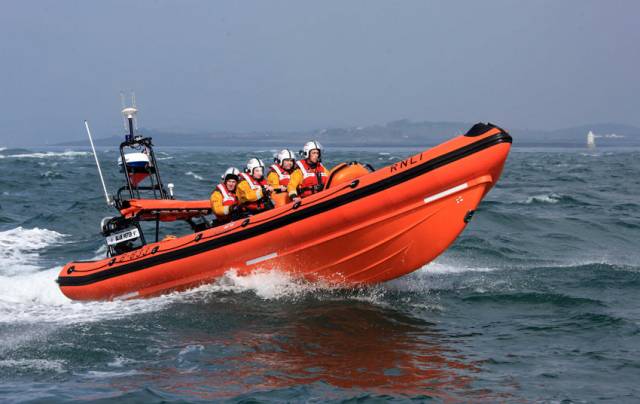#RNLI - Yesterday evening (Saturday 15 September) at 4.45pm, a volunteer RNLI crew from Portaferry launched to the aid of two men in trouble in the water just off Ballyhenry Island.
The two men had been using a personal watercraft when one of them had fallen from the vessel and was struggling to get back to it.
The second man, realising that the first was in difficulty, started to swim from the shore to try and help at the small island, around 1.5 miles north of Portaferry on the eastern shore of Strangford Lough in Co Down.
At the time, the weather was cloudy with good visibility, a southerly wind and calm seas.
Portaferry RNLI launched at 4.50pm and 10 minutes later were on scene, where the lifeboat crew took both men on board before returning them to Cooke Street Quay in Portaferry and into the care of the Portaferry Coastguard team.
The second launch was this morning (Sunday 16 September) in response to a Mayday call regarding an angler who had fallen from rocks into the sea just off Ardglass Golf Course.
Pagers sounded at 8.36am and the crew were on the water six minutes later, arriving on scene at 9.10am.
Weather conditions at the time were overcast with good visibility, a south-westerly Force 3 wind and moderate seas.
The male casualty had in the meantime been picked up by a local boat and returned to shore at Ardglass Marina. The lifeboat continued to the marina where they administered casualty care before leaving him in the care of the local coastguard team at 9.40am.
Commenting on the weekend’s events, Portaferry RNLI lifeboat operations manager Simon Rogers said: “We can go for weeks without any callouts, but during those quiet periods our volunteer boat and shore crew members train hard every week, preparing for situations such as this.
“It is thanks to their dedication and hard work that we are able to respond so quickly an as often as required to help those in trouble at sea.”
































































